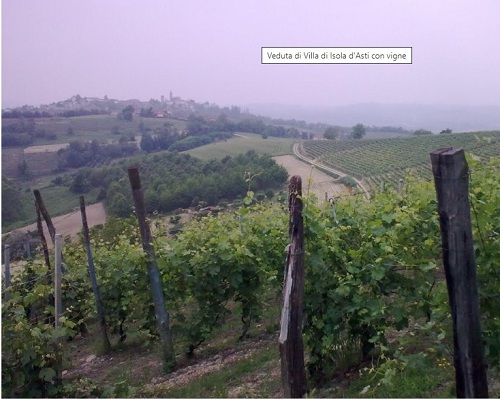
"Having seen Labyrinth at St. Mark's-in-the-Valley Episcopal Church,
it's time to have a rest at this restaurant."
— https://restaurantguru.com/Bar-Le-Cote-Los-Olivos-California
"It's wine country , after all." — "All the Old Knives"

"Having seen Labyrinth at St. Mark's-in-the-Valley Episcopal Church,
it's time to have a rest at this restaurant."
— https://restaurantguru.com/Bar-Le-Cote-Los-Olivos-California
"It's wine country , after all." — "All the Old Knives"
Related dramatic dialogue from FUBAR —
Hero — I guess I'll take the pill, and get it over with. (Dramatic music playing.)
Villain — This will be fun. (Music intensifies.) Cheers … Nothing's happening.
Hero — Come to think of it, I might have taken the antidote.
Read more at: https://tvshowtranscripts.ourboard.org/… .
Related synchronology check —
For Pekonen in this journal, see
From the Finland Station (25 April 2022).
See as well an obituary from Finland.

I order the gin martini I’ve been anticipating
for the last twenty-four hours.
"Sorry. We only have wine.”
“You’re kidding me, right?”
He shrugs, reaching for a laminated pamphlet
that lists the bottles at his disposal.
It’s wine country, after all.
I start to read through the vineyards,
but the compound names quickly blur—
I don’t know a thing about wine.
I shut the menu.
“Something very cold and strong.”
— Steinhauer, Olen. All the Old Knives (p. 22).
St. Martin's Publishing Group. Kindle Edition.
From a post of October 25, 2002 —
"A work of art has an author and yet,
when it is perfect, it has something
which is essentially anonymous about it."
— Simone Weil, Gravity and Grace
This flashback was suggested by a quotation
in today's previous post —
"Go back to the darkest roots of civilisation
and you will find them knotted round
some sacred stone or encircling
some sacred well."
— G. K. Chesterton, Orthodoxy , Ch. 5 —
"The Flag of the World."
|
Tuesday, November 3, 2009 Filed under: General,Geometry — Tags: Glasperlenspiel, Solomon Marcus — m759 @ 10:10 PM Book review by Jadran Mimica in Oceania, Vol. 74, 2003: "In his classic essay of 1955 'The Structural Study of Myth' Levi-Strauss came up with a universal formula of mythopoeic dynamics [fx(a) : fy(b) :: fx(b) : fa-1(y)] that he called canonical 'for it can represent any mythic transformation'. This formulation received its consummation in the four massive Mythologiques volumes, the last of which crystallises the fundamental dialectics of mythopoeic thought: that there is 'one myth only' and the primal ground of this 'one' is 'nothing'. The elucidation of the generative matrix of the myth-work is thus completed as is the self-totalisation of both the thinker and his object." So there. At least one mathematician has claimed that the Levi-Strauss formula makes sense. (Jack Morava, arXiv pdf, 2003.) I prefer the earlier (1943) remarks of Hermann Hesse on transformations of myth: "…in the spirit of the Glass Bead Game, everything actually was all-meaningful, that every symbol and combination of symbols led not hither and yon, not to single examples, experiments, and proofs, but into the center, the mystery and innermost heart of the world, into primal knowledge. Every transition from major to minor in a sonata, every transformation of a myth or a religious cult, every classical or artistic formulation was, I realized in that flashing moment, if seen with a truly meditative mind, nothing but a direct route into the interior of the cosmic mystery, where in the alternation between inhaling and exhaling, between heaven and earth, between Yin and Yang, holiness is forever being created." |
"I’ve lived five years on the edge of the continent,
and over those years I’ve shed one skin and grown into another."
— Steinhauer, Olen. All the Old Knives (p. 222).
St. Martin's Publishing Group. Kindle Edition.
(Hardcover first edition: Minotaur Books, March 10, 2015.)
So to speak.
The Stonecutter
|
This post is in honor of Thandiwe Newton, intimacy coordinator.
Powered by WordPress